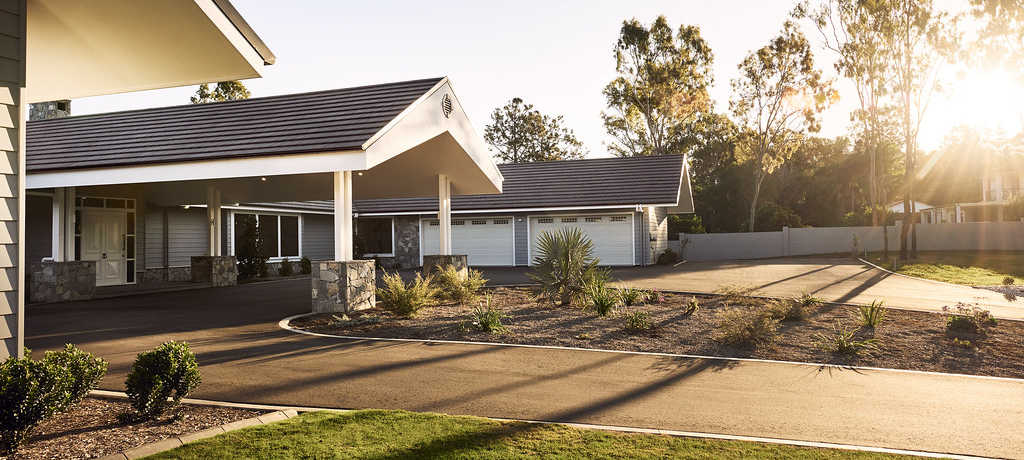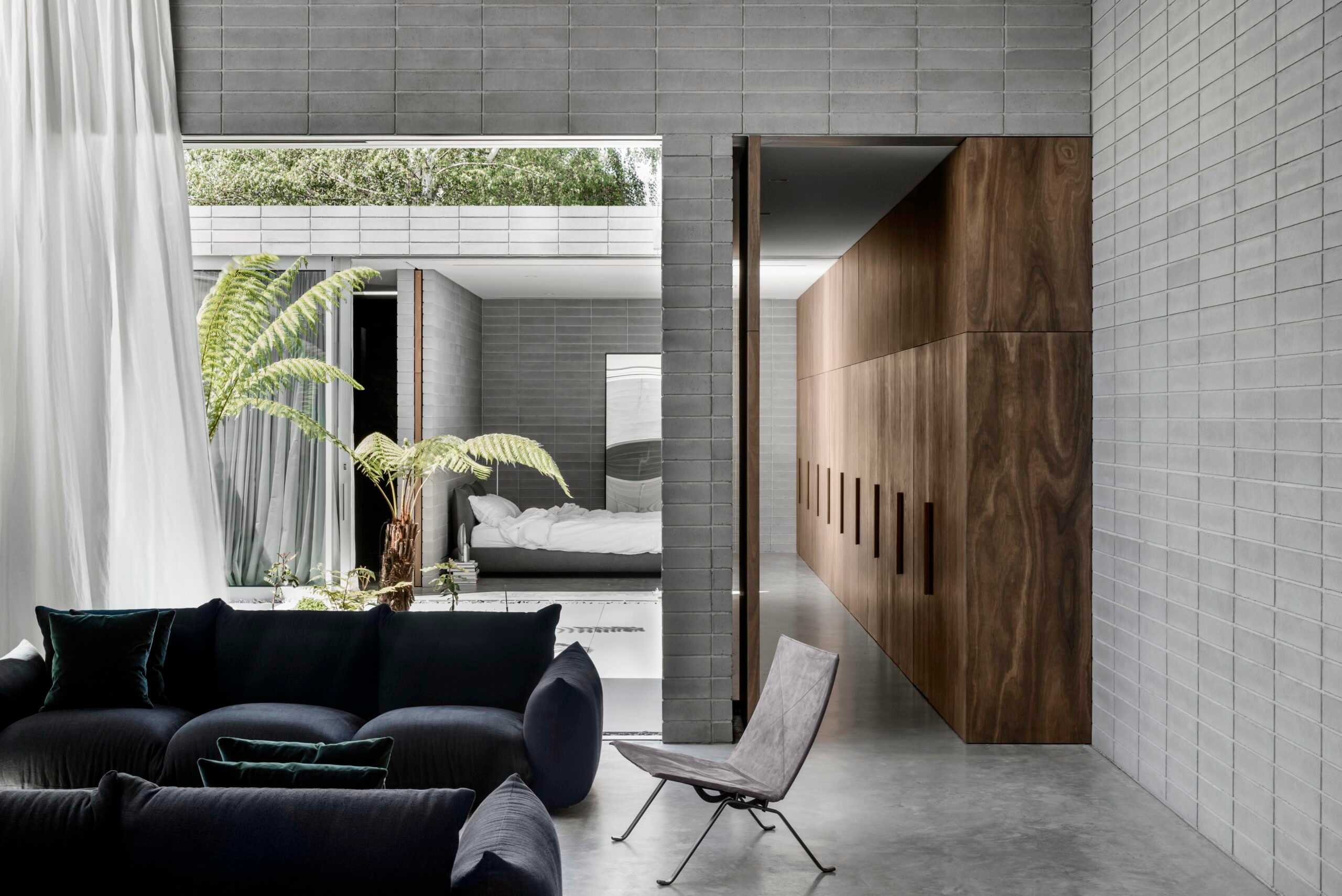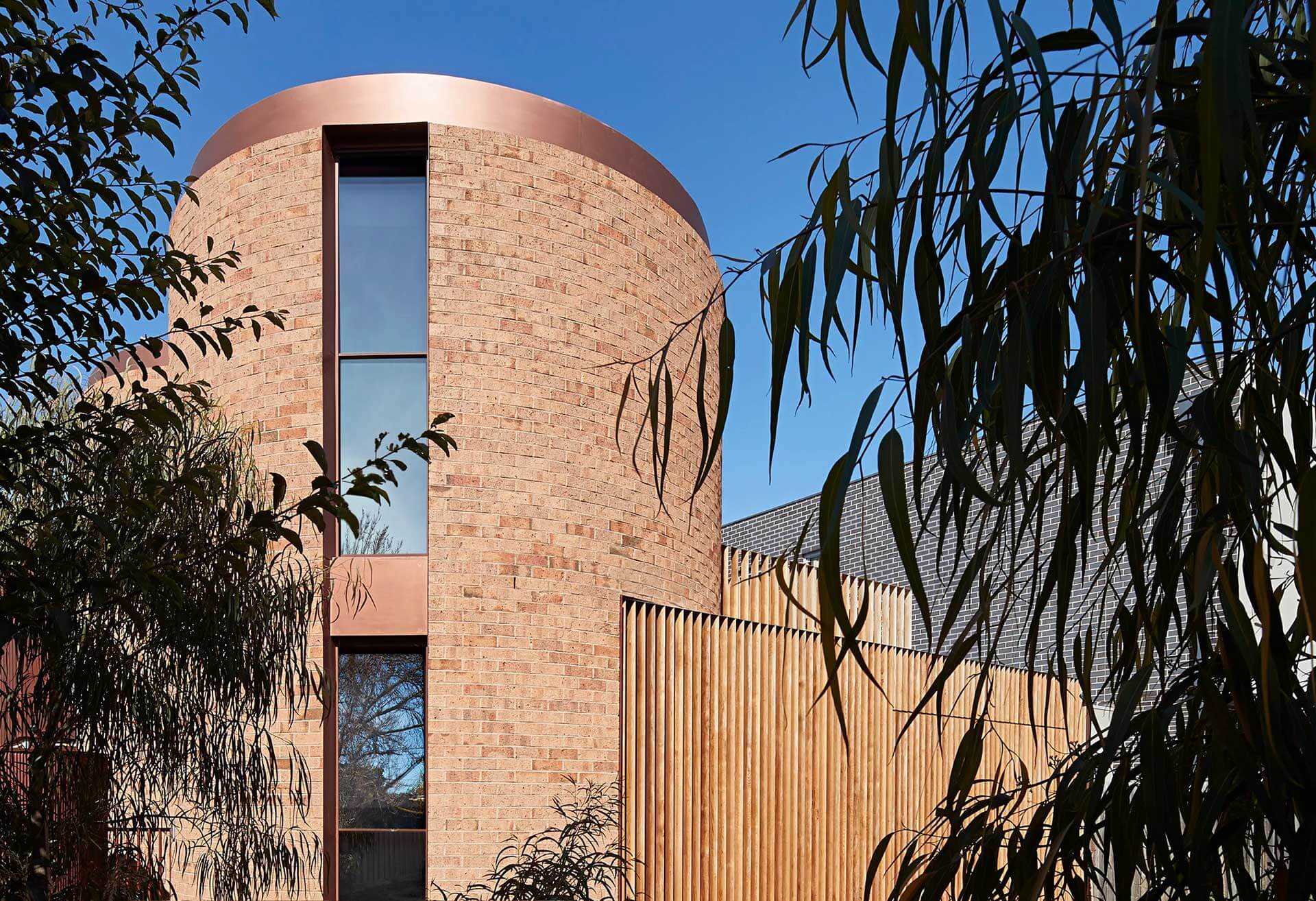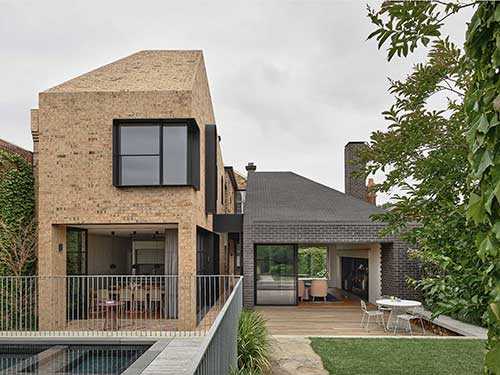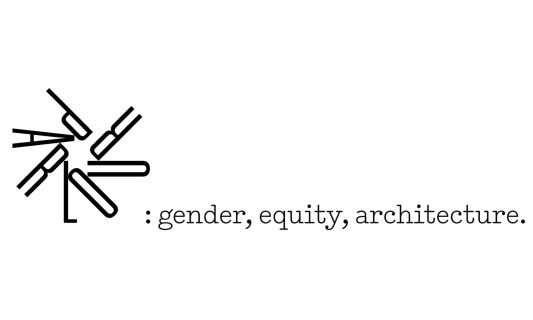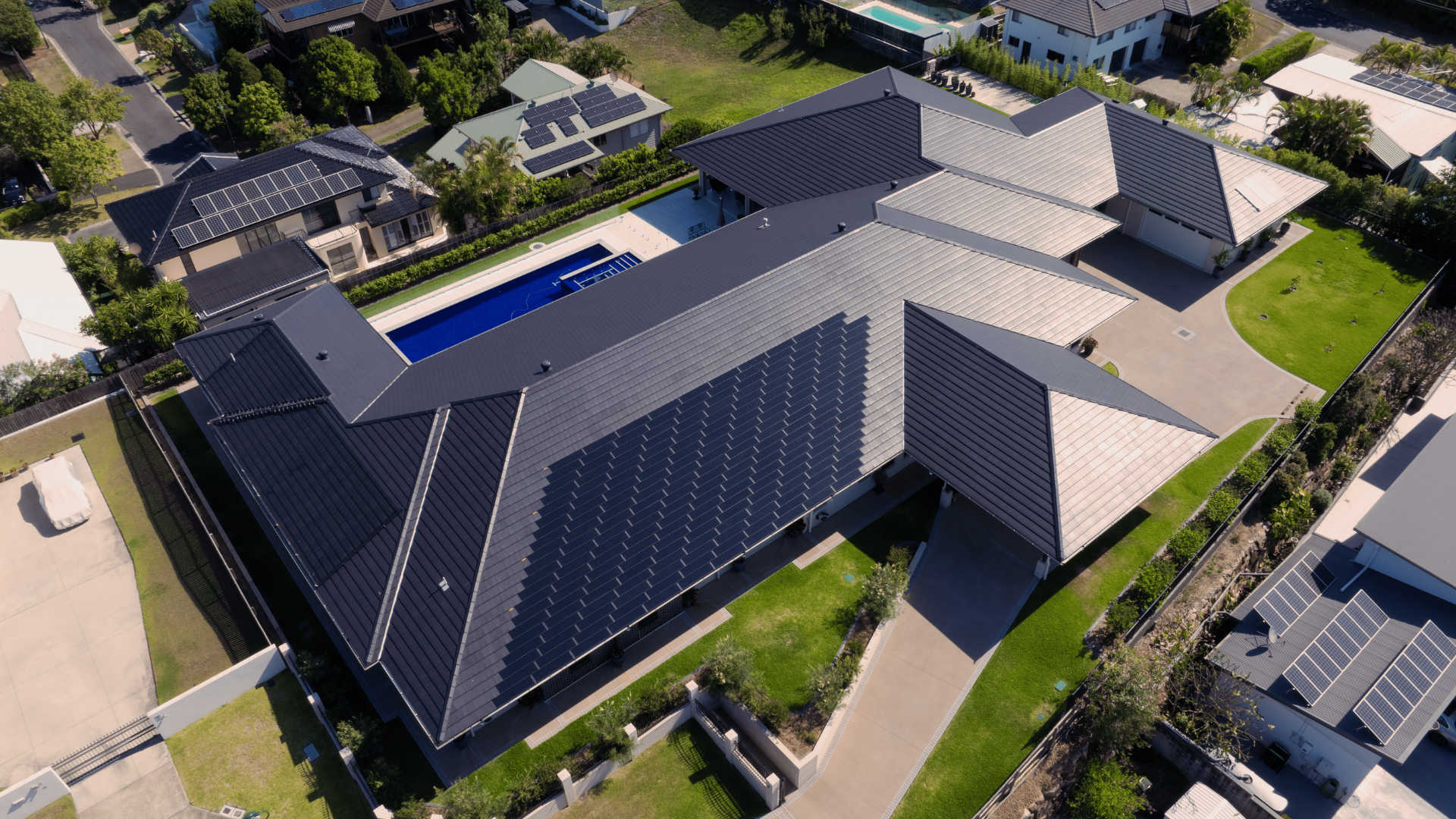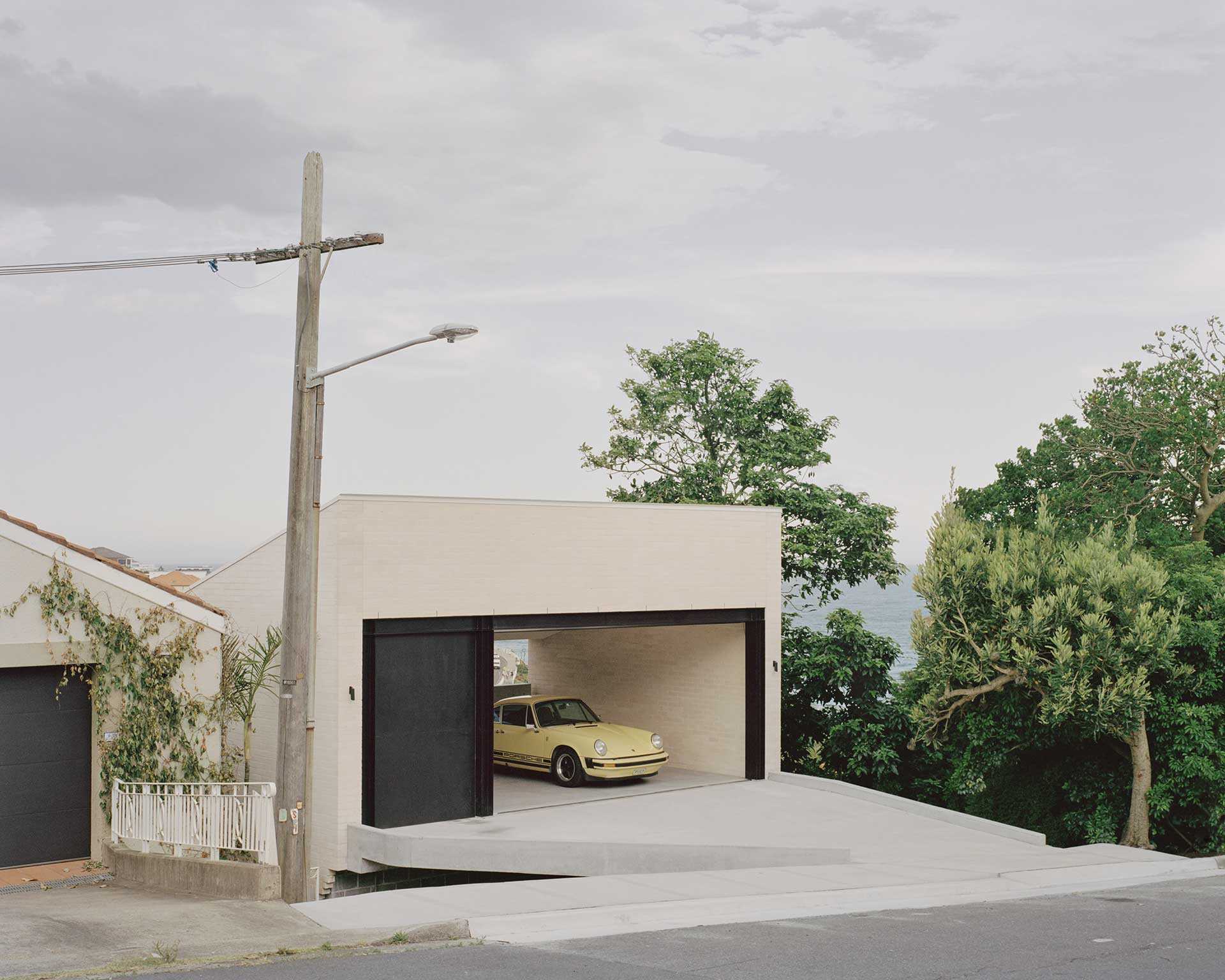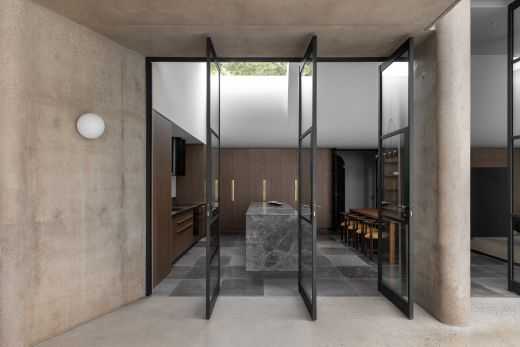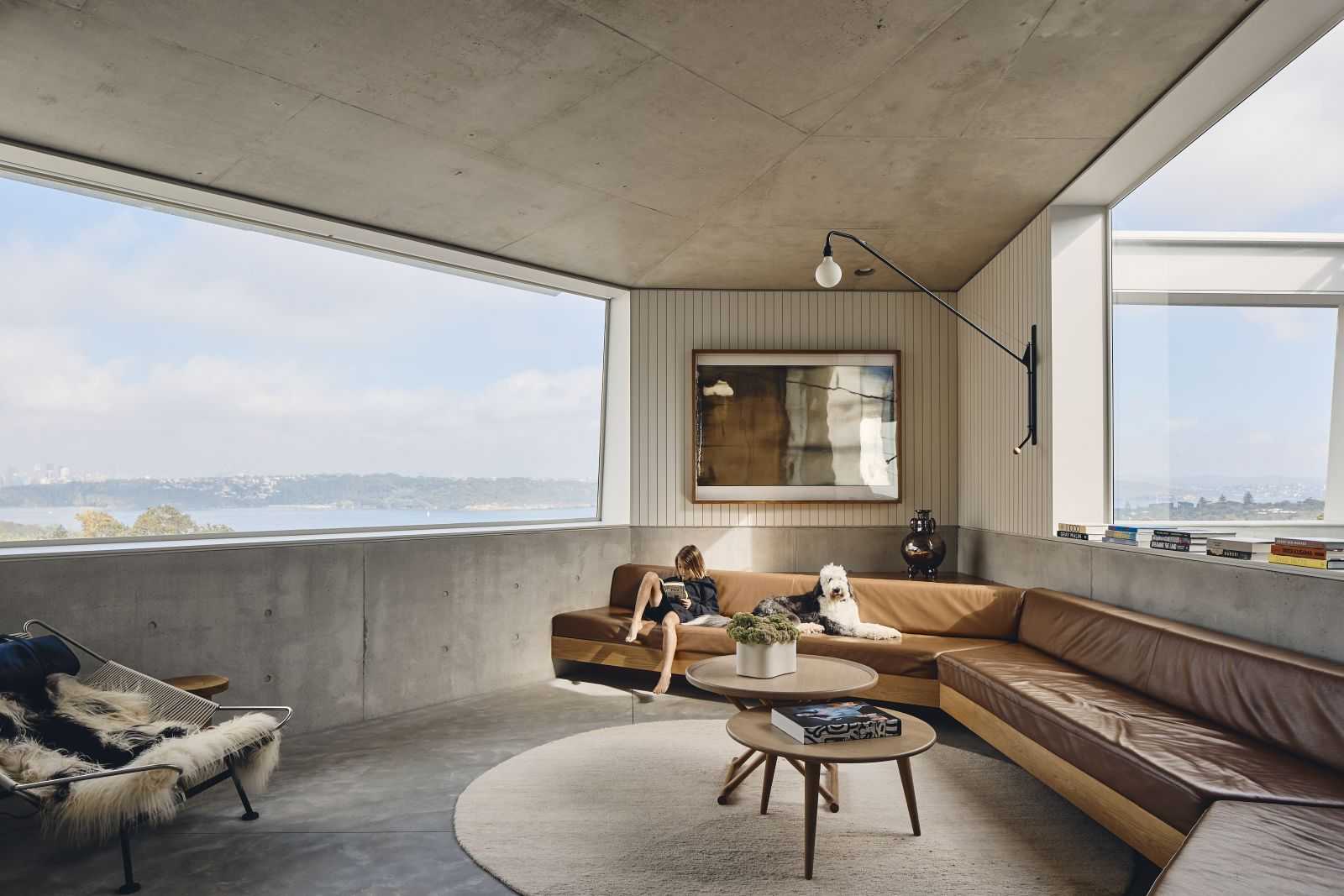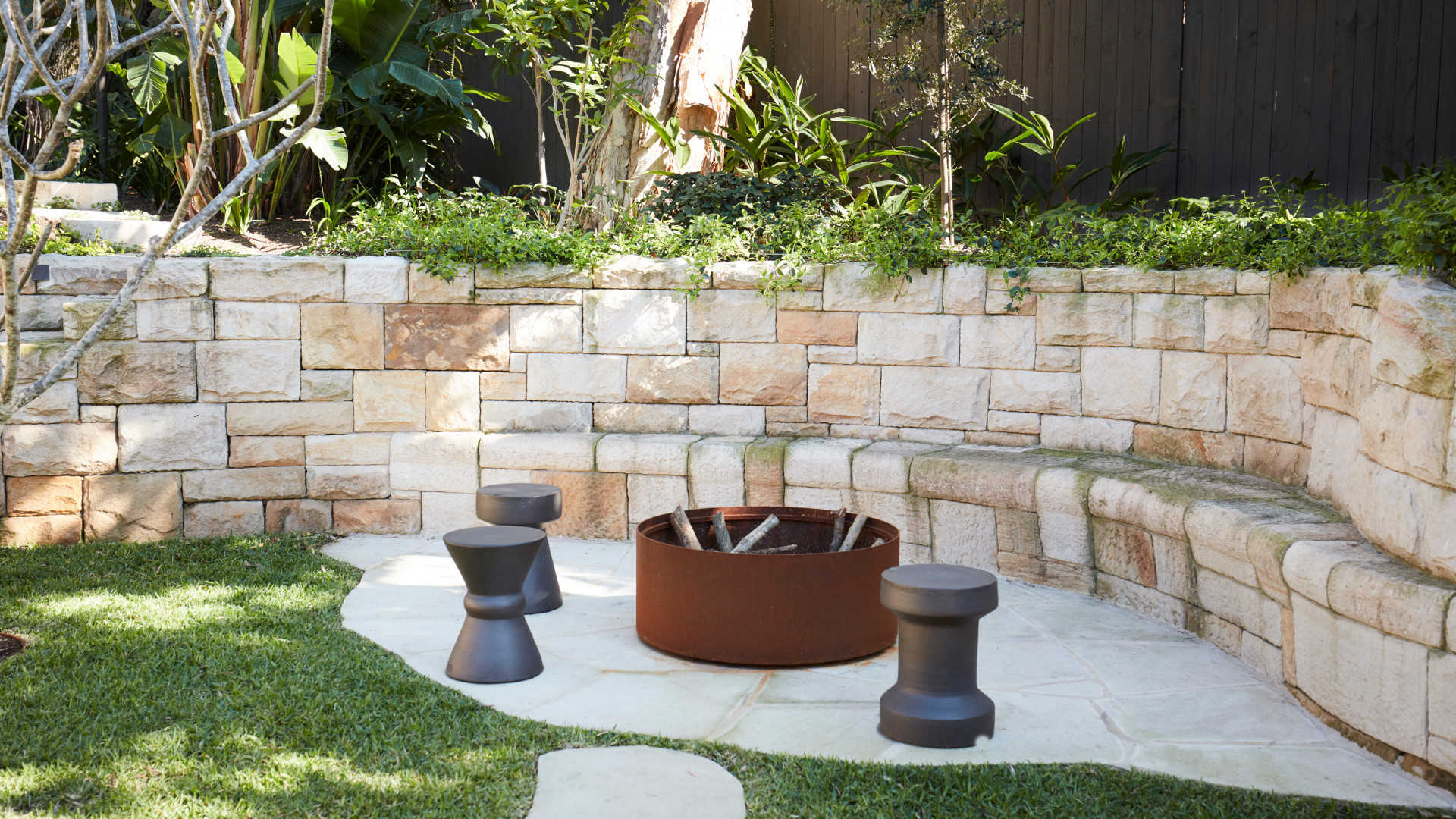
The DIY Guide to Retaining Walls
Retaining walls are rigid boundaries that support soil laterally, allowing for different levels in outdoor spaces. Think tiered backyards, lowered fire pits, or elevated veggie patches. While retaining walls can simply be an aesthetic choice, particularly in residential properties, they also serve a range of practical purposes, including building on sloping land, reducing soil erosion, and preventing flooding.
Although retaining walls can be built from a range of materials, including timber, aluminium and recycled plastic, there are a few classic and optimally sturdy masonry materials to choose from: cement, bricks, or stones. Bricks or stones can provide a more humble appearance. And while cement may conjure images of cool, sleek grey (which could be perfect if you’re opting for a Brutalist or stark contemporary style), cement variants resembling timber or various stones have been engineered to allow for warmer and softer aesthetics, and are often the strongest option.
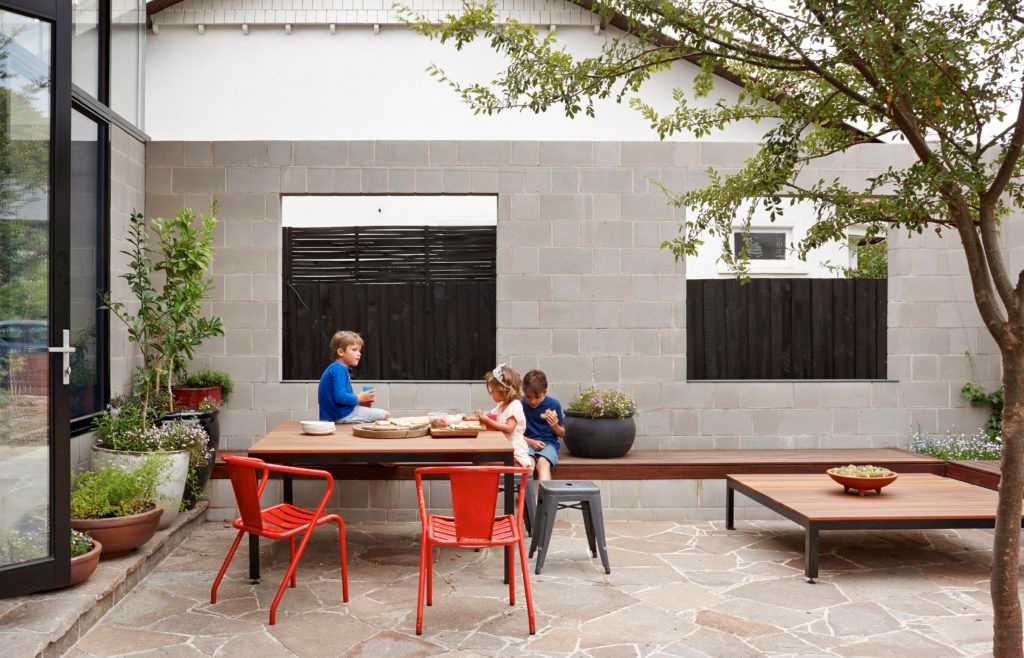
Before building your retaining wall, it’s important to check your council and state or territory laws for its construction. Depending on the region, retaining walls that are 60 or 100 cm above or below ground require a permit or a professional builder.
Mortarless interlocking retaining wall blocks
Interlocking retaining wall blocks fit together like pieces of a (pretty simple) puzzle. The interlocking blocks are easy to fit together, making them a DIY-ers dream. If you’re looking to build a fire pit, diamond face blocks (including the likes of Austral Masonry’s Bribie, Daintree, or Valleystone) allow for 18 block circumference curved constructions - perfect for a circular pit or curving wall. Alternatively, the interlocking straight face blocks (such as Austral Masonry’s Heron, Hayman or Grandwall) provide a contemporary edge, yet have a variety of blocks for each section of the wall meaning a little more pre-planning is required.
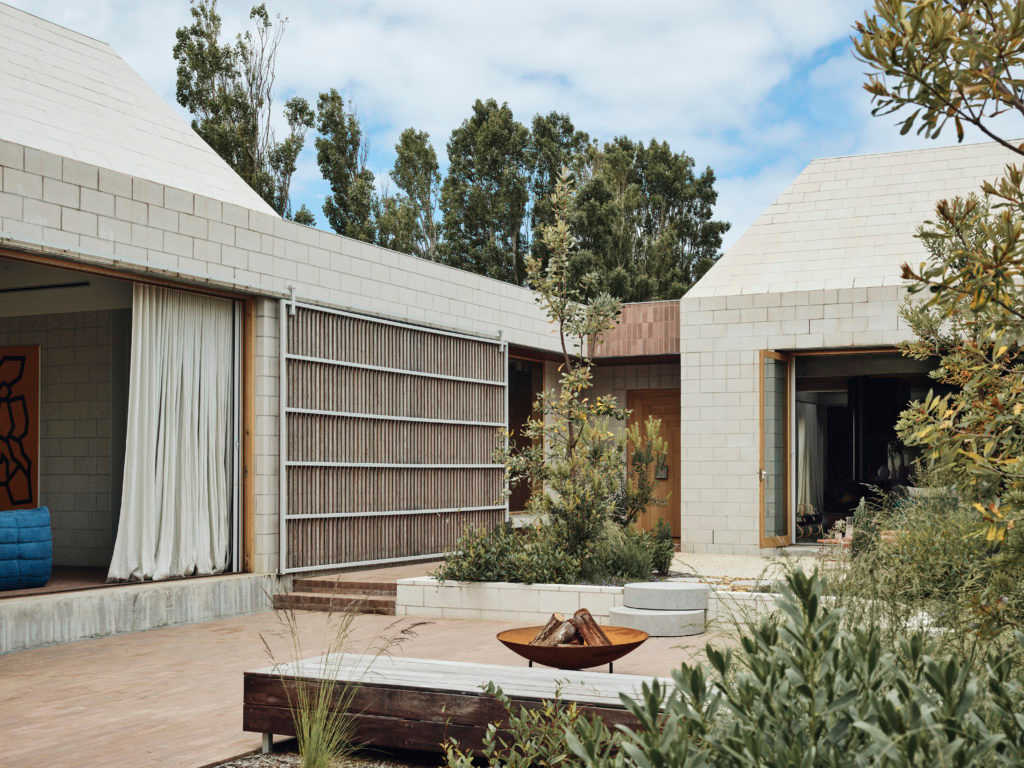
‘Explorer Sandstone’ or ‘Explorer Timberlook’ concrete retaining wall blocks
Looking for concrete strength with a softer, more natural appearance? Austral Masonry’s Explorer Sandstone and Explorer Timberlook retaining wall blocks imitate their namesakes, yet are formed with concrete reinforced with steel for durability - without the starkness typical to the material. These materials are great for straight walls with a max height of 80cm (or up to 3m when engineered).
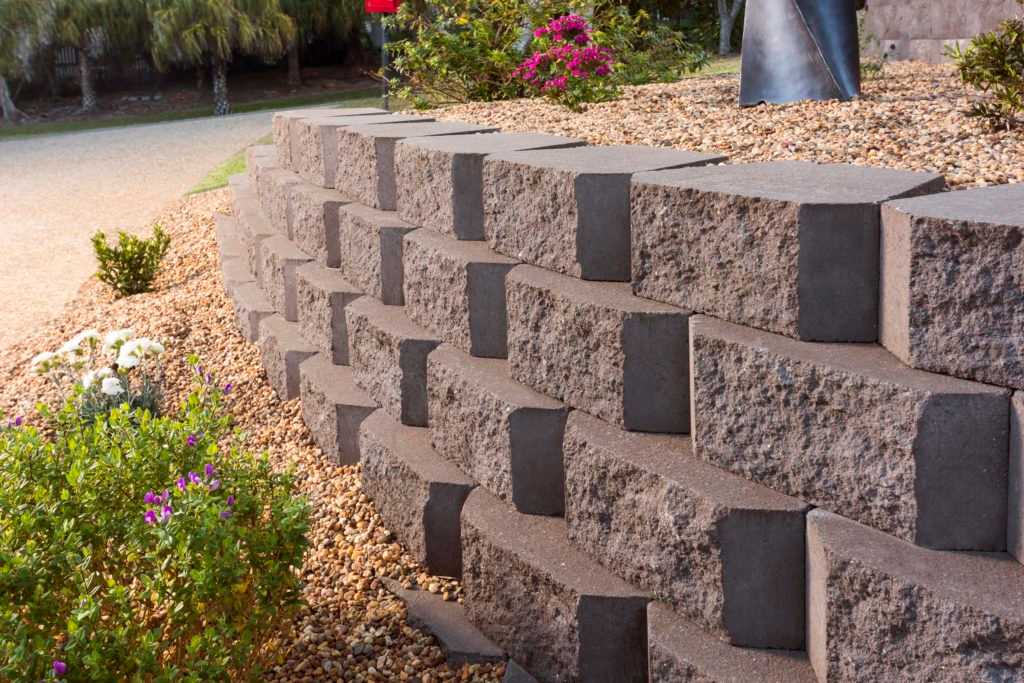
Keystone Concrete Retaining Wall Blocks
Another concrete option, Keystone Concrete Retaining Wall Blocks have bevelled edges, meaning once they’re laid, the finished product gives a honeycomb-esque pattern, softening the harshness of the wall. These blocks are an all-rounder, ideal for steps, and curved or straight walls. The detail of these blocks perfectly frames garden beds and lines walls with a subtle intricacy.
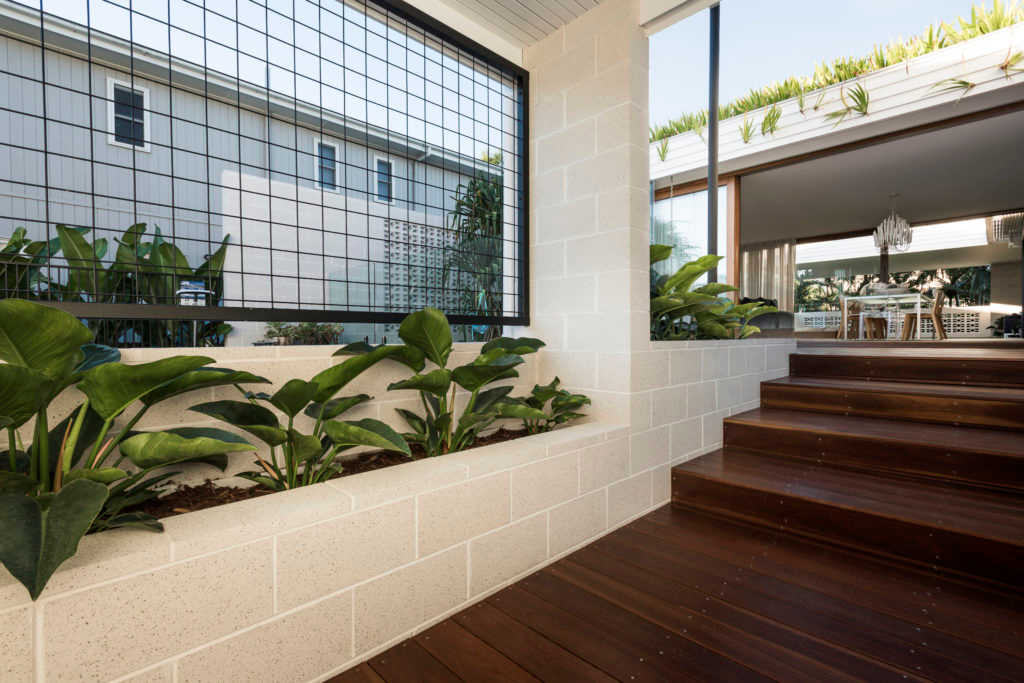
Drystack stone retaining wall
While simple drystack stone retaining walls may have a more unfinished and rustic appearance, they can be a relatively easy DIY option. If the name didn’t give it away, drystacking refers to laying masonry without using mortar (the binder used between bricks). This method is best for retaining walls no taller than a metre high. To ensure the safety and stability of this method, begin laying the stones from a trench below the surface of the ground. The heaviest and flattest stones should be used for the first course (bottom row) and the capstones (top row).
“While retaining walls can simply be an aesthetic choice, particularly in residential properties, they also serve a range of practical purposes, including building on sloping land, reducing soil erosion, and preventing flooding. ”

“While retaining walls can simply be an aesthetic choice, particularly in residential properties, they also serve a range of practical purposes, including building on sloping land, reducing soil erosion, and preventing flooding. ”
Learn about our products.
Join us at an event.
